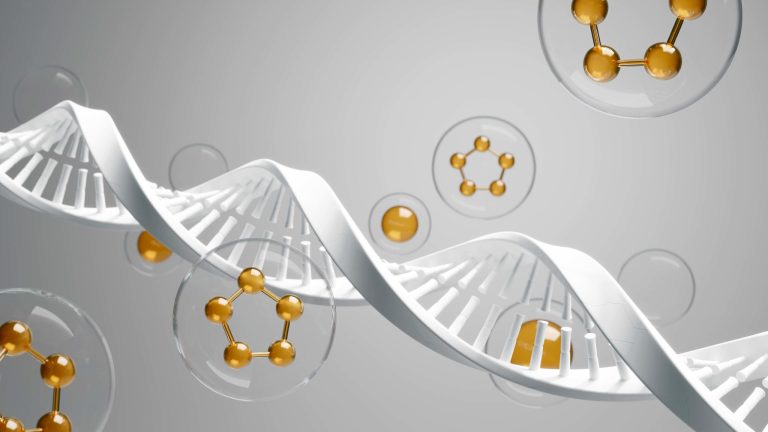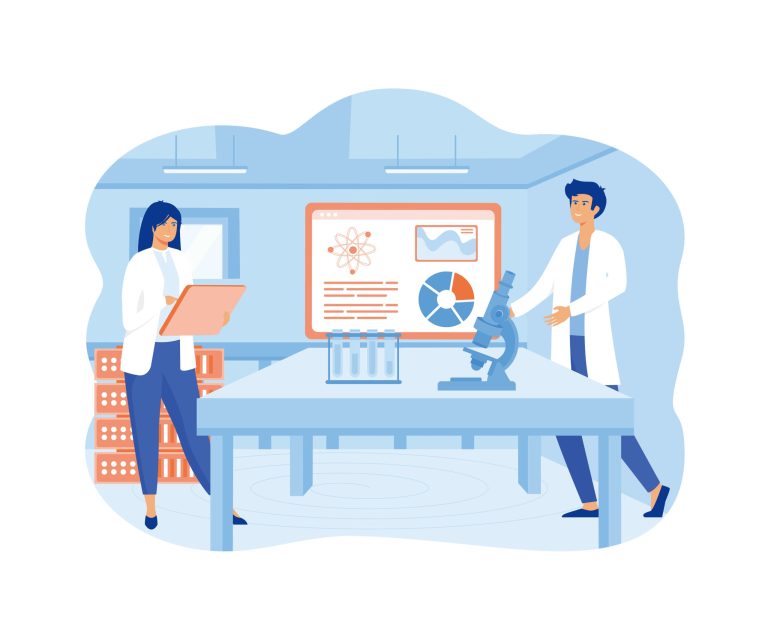The Future of Health: A Deep Dive Into the Modern Biohacking Clinic
What if you could move beyond simply treating illness and instead actively upgrade your own biology? This is the core promise of biohacking, a movement centered on taking control of your health through science, data, and technology. It’s about making quantifiable improvements to your physical and cognitive performance, one strategic input at a time.
While biohacking began as a do-it-yourself culture, it has evolved into a sophisticated, professional field. The modern biohacking clinic represents the pinnacle of this evolution. It’s a place where cutting-edge technology and expert medical guidance converge to create hyper-personalized roadmaps for human optimization and longevity.
These advanced centers are not your typical doctor’s offices. They are proactive health hubs designed for those who want to function at their absolute peak, slow the aging process, and build resilience against future disease. They use a combination of in-depth diagnostics and innovative therapies to help you understand and enhance your body’s systems like never before.

What Exactly is Biohacking?
At its heart, biohacking is the art and science of changing your environment, both internal and external, to gain control over your own biology. It operates on a wide spectrum. On one end, you have simple, accessible ‘hacks’ like timing your caffeine intake for optimal focus or adjusting the temperature of your shower to improve circulation.
On the other end of the spectrum, you find the high-tech, data-intensive approaches that define professional clinics. This can involve everything from genetic testing to identify predispositions to using advanced machinery to enhance cellular function. It’s a broad field that encompasses nutrition, fitness, sleep science, neuroscience, and much more.
The unifying principle is a systems-thinking approach to the body. Instead of viewing symptoms in isolation, biohacking seeks to understand the interconnected web of biological processes that determine your health and performance. The goal is to make precise adjustments to this system to achieve a desired outcome, whether that’s sharper focus, faster recovery, or a longer healthspan. This growing interest is explored in-depth in popular media, as detailed in articles that ask the fundamental question, what is biohacking?
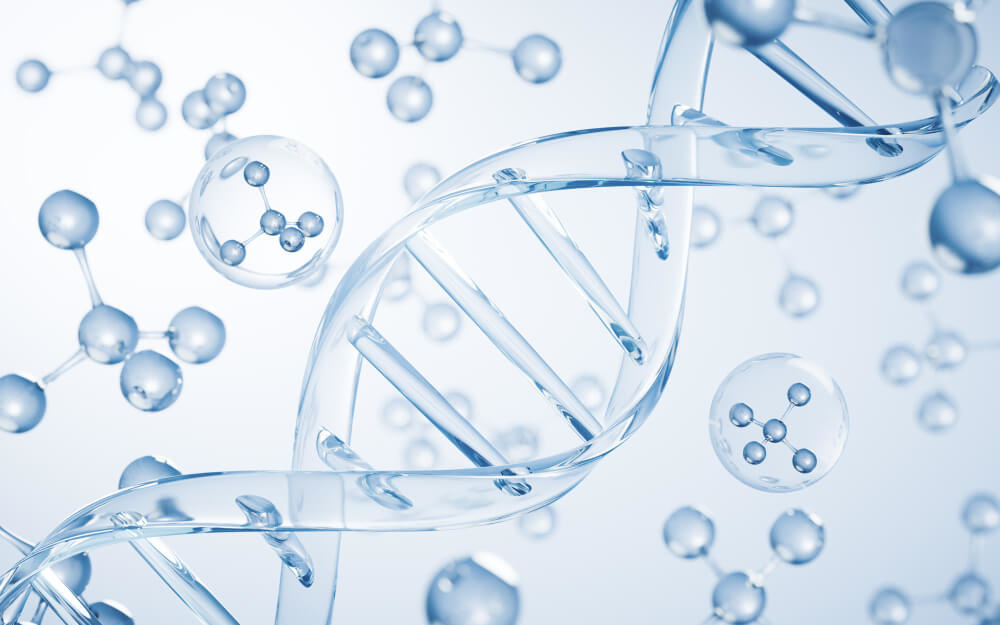
How is a Biohacking Clinic Different From a Regular Doctor’s Office?
Traditional medicine is primarily a reactive model. You visit a doctor when you feel sick, a symptom appears, or something is broken. The objective is to diagnose the problem and prescribe a treatment to return you to a baseline state of ‘not sick’. This model is incredibly valuable and has saved countless lives, but its focus is on disease, not optimization.
A biohacking clinic operates on a proactive philosophy. The goal isn’t just to avoid illness but to actively cultivate a state of superior health and performance. Clients are often healthy individuals who want to be healthier, stronger, and more mentally sharp. It’s about moving the needle from ‘good’ to ‘great’ and beyond.
This fundamental difference in philosophy shapes every aspect of the experience. The diagnostic process is far more comprehensive, looking at biomarkers that a standard physical would never include. The ‘treatments’ are better described as ‘therapies’ or ‘protocols’ designed to enhance function rather than just fix a deficit.
This approach shares deep roots with functional medicine, which also seeks to identify and address the underlying causes of dysfunction in the body. Both disciplines emphasize a personalized, systems-oriented view of health. This philosophy is championed by leading organizations like the Institute for Functional Medicine, which trains practitioners to look at the body as an integrated system.

What Kind of Technologies and Therapies Can You Expect?
The toolkit available at a modern biohacking clinic is what truly sets it apart. These facilities are equipped with state-of-the-art technology designed to measure, analyze, and optimize human biology in ways that were once the exclusive domain of research institutions. Let’s explore some of the common tools and therapies.

What are Common Diagnostic Tools?
Everything in a biohacking clinic begins with data. Before any therapy is recommended, a deep and comprehensive assessment is performed to establish a detailed baseline of your current biological state. This goes far beyond a simple blood test.
Comprehensive blood panels are a start, but they analyze a much wider array of biomarkers. This can include inflammatory markers, a full hormone panel, micronutrient levels, metabolic health indicators, and advanced cardiovascular risk factors. The goal is to get a high-resolution snapshot of your internal biochemistry.
Genetic testing is another cornerstone. By analyzing your DNA, practitioners can identify genetic predispositions that might affect how you process certain foods, your risk for specific conditions, or how you might respond to different types of exercise. This information allows for a truly personalized strategy.
Other common diagnostics include microbiome analysis to assess gut health, continuous glucose monitoring (CGM) to see how your body responds to food in real-time, and wearable technology integration to track sleep quality, heart rate variability (HRV), and recovery. This wealth of data forms the foundation of your personalized biohacking protocol.

What are Popular Therapeutic Modalities?
Once a baseline is established, a suite of therapies can be deployed to target specific goals. These are not one-off treatments but are often used in combination as part of a holistic plan.
Hyperbaric Oxygen Therapy (HBOT) involves breathing pure oxygen in a pressurized chamber. This environment allows your lungs to gather significantly more oxygen than is possible at normal air pressure. This oxygen-rich blood is then circulated throughout the body, which can help promote healing, reduce inflammation, and support cellular energy production.
Cryotherapy is another popular modality. It involves exposing the body to extremely cold temperatures for a few minutes. This rapid drop in temperature is believed to trigger a cascade of beneficial responses, including a reduction in inflammation, an increase in metabolism, and the release of endorphins.
Red Light Therapy, or photobiomodulation, uses specific wavelengths of red and near-infrared light to stimulate the mitochondria, the powerhouses of your cells. This process is thought to enhance cellular energy production, which can lead to benefits like improved skin health, faster muscle recovery, and reduced joint pain.
Intravenous (IV) nutrient therapy is also a staple. This method delivers high doses of vitamins, minerals, and antioxidants directly into the bloodstream, bypassing the digestive system for 100% absorption. These custom-blended drips can be tailored to boost immunity, enhance energy, improve hydration, or support detoxification.
Beyond the body, many clinics focus on the brain. Neurofeedback is a type of brain training that uses real-time displays of brain activity to teach self-regulation. By receiving feedback on your brainwave patterns, you can learn to guide your brain into more optimal states, potentially improving focus, creativity, and emotional resilience.

How are These Technologies Chosen and Vetted?
With so much advanced equipment, a critical question arises about safety and efficacy. Reputable clinics invest heavily in medical-grade devices and have rigorous protocols for their use. The process of vetting non-FDA-approved devices for clinic use is a serious responsibility, involving a deep dive into the existing research, safety profiles, and manufacturer credentials.
Clinics must ensure that every piece of technology is not only safe but also appropriate for the client’s specific needs and goals. This requires oversight from qualified medical professionals who can interpret the science and apply it responsibly. The significant capital investment for biohacking equipment often means that clinics are using professional, powerful versions of devices that may be marketed in less potent forms to consumers.

Who is Biohacking For?
The clientele of a biohacking clinic is surprisingly diverse. It’s a common misconception that these services are only for the ultra-wealthy or elite athletes. While high-performers are certainly a key demographic, the appeal of optimization is much broader.
Corporate executives and entrepreneurs are drawn to biohacking for the cognitive enhancement and stress resilience benefits. They seek a mental edge that allows them to perform at a high level consistently, manage stress more effectively, and avoid burnout. For them, investing in their biology is an investment in their career.
Athletes, both professional and amateur, use biohacking to accelerate recovery, prevent injuries, and push their performance boundaries. Therapies like cryotherapy and HBOT can help them bounce back faster from intense training, while detailed data analysis can fine-tune their nutrition and sleep for optimal results.
Another significant group includes individuals dealing with complex, chronic health issues that haven’t responded well to conventional treatments. People with autoimmune conditions, chronic fatigue, or persistent brain fog may turn to a biohacking clinic to explore underlying root causes and innovative supportive therapies.
Finally, there is a growing contingent of people focused purely on healthspan and longevity. These individuals may not have a specific problem to solve but are motivated by the desire to slow the aging process and live as vibrantly as possible for as long as possible. They see biohacking as a proactive strategy to maintain their quality of life for decades to come. The extreme end of this commitment can be seen in figures like tech billionaire Bryan Johnson, whose entire life is a meticulously tracked biohacking project.
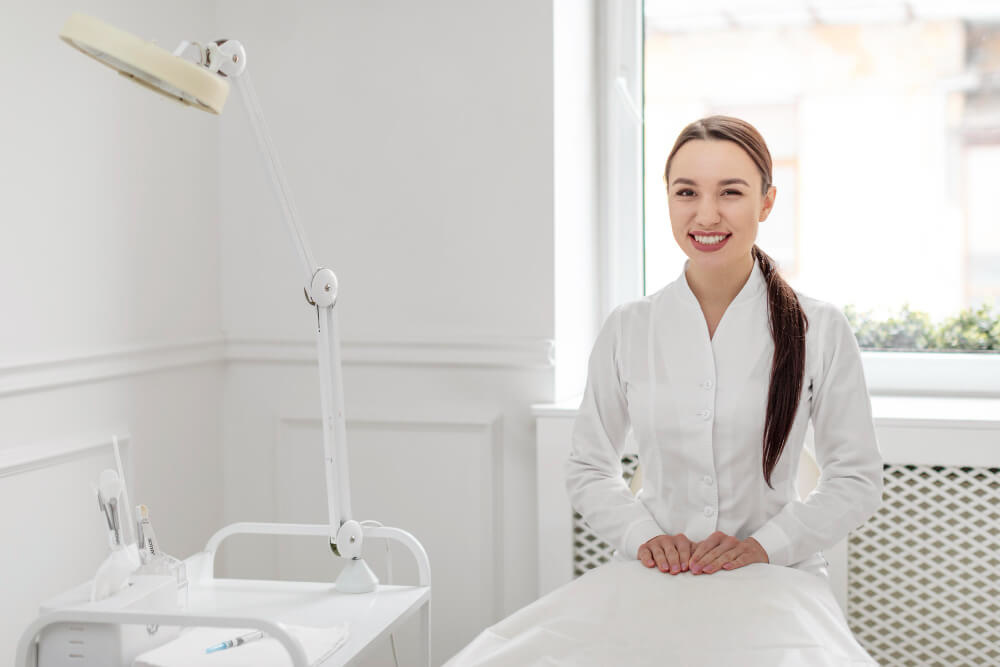
What are the Core Principles Guiding Biohacking Protocols?
While the advanced technology is impressive, it’s the guiding principles behind its application that truly deliver results. A good biohacking clinic understands that technology is a tool, not a magic bullet. Lasting optimization is built on a foundation of solid health principles, amplified by targeted interventions.

Why is Foundational Health So Important?
No amount of red light therapy can make up for a terrible diet and chronic sleep deprivation. Reputable clinics always start with the fundamentals. A significant portion of any protocol will focus on optimizing nutrition, sleep, exercise, and stress management.
Nutrition plans are hyper-personalized based on blood work, genetic data, and glucose monitoring. Sleep hygiene is meticulously addressed, using data from wearables to identify issues and recommend solutions. Exercise prescriptions are tailored to an individual’s goals and physiology.
Gut health is a particularly crucial area of focus, as it impacts everything from immunity to mood. A clinic might use microbiome analysis to understand the state of your gut bacteria and recommend targeted probiotics, prebiotics, and dietary changes. They understand the critical function of systems like the migrating motor complex, the gut’s ‘housekeeping’ wave that is essential for digestive wellness. Addressing these foundational pillars is non-negotiable for long-term success.

How Does Data Drive the Process?
Biohacking is an iterative process defined by a simple loop: measure, analyze, intervene, and measure again. It’s a truly data-driven approach to wellness. The initial deep diagnostic dive provides the starting point, but the measurement doesn’t stop there.
Ongoing tracking through wearables and follow-up testing allows both the client and the practitioner to see what’s working and what isn’t. If a nutritional change doesn’t improve a key biomarker, the plan is adjusted. If a therapy isn’t yielding the expected results in recovery scores, the protocol is tweaked. This constant feedback loop ensures that the strategy remains dynamic and effective.
This scientific approach to personal health has been popularized by neuroscientists and public health educators who break down complex topics into actionable protocols for the public. Resources like the Huberman Lab website provide access to a wealth of information on how light, temperature, and other inputs can be used to modulate biology, reflecting the core ethos of the biohacking movement.
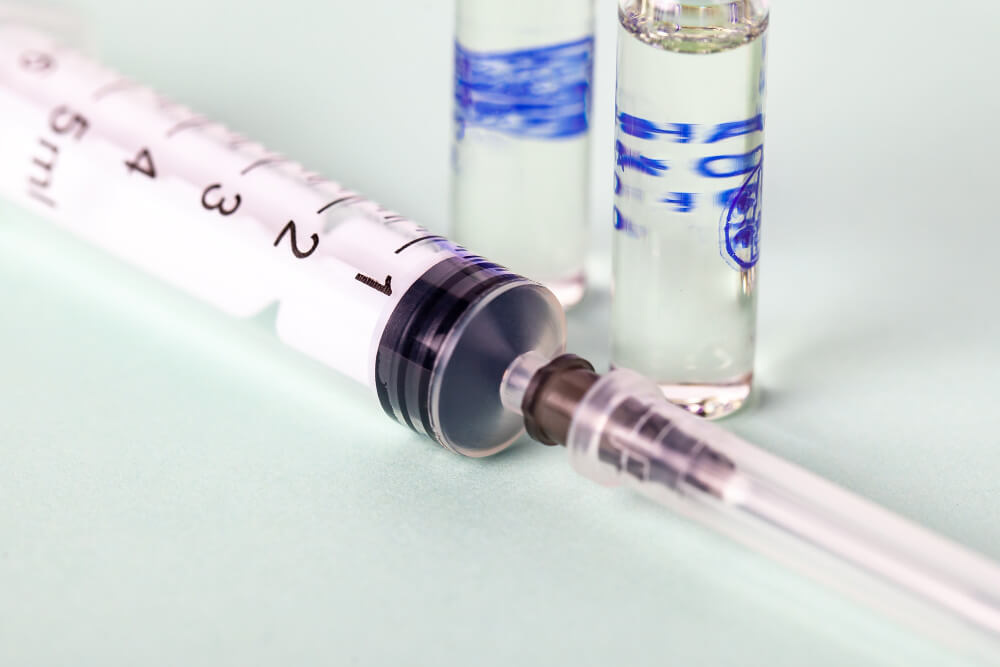
What Should You Look For in a Reputable Biohacking Clinic?
As the popularity of biohacking grows, so does the number of clinics offering these services. It’s crucial to choose a facility that is both safe and effective. There are several key factors to consider when evaluating a clinic.
First and foremost is medical oversight. A legitimate biohacking clinic should have qualified medical professionals on its staff, such as a Medical Doctor (MD), a Doctor of Osteopathic Medicine (DO), or at least a Nurse Practitioner (NP) or Physician Assistant (PA). This ensures that all diagnostics and therapies are prescribed and supervised by someone with a deep understanding of human physiology and pathology.
Transparency is another critical factor. The clinic should be upfront about what they do, why they do it, and what it costs. They should be able to explain the scientific rationale behind their recommended therapies and be honest about the potential benefits and limitations. Be wary of any facility that makes grand promises of a ‘cure’ or guarantees specific outcomes.
A focus on personalization is the hallmark of a good clinic. Your protocol should be unique to you, based on your comprehensive diagnostic results. Avoid clinics that offer a one-size-fits-all package to every client. Your biology is unique, and your optimization plan should be as well.
Finally, look for a clinic that emphasizes foundational health. While the high-tech gadgets are exciting, a facility that doesn’t also provide expert guidance on nutrition, sleep, and exercise is missing the point. The best clinics integrate cutting-edge therapies with timeless health principles for a truly holistic approach.
The rise of the biohacking clinic marks a significant shift in how we approach our health. It signals a move away from a purely disease-focused model toward a future of proactive, personalized, and data-driven wellness. It empowers individuals to become the CEO of their own health, providing them with the tools, data, and expert guidance needed to unlock their full biological potential.
This is more than just a trend; it’s the leading edge of a new paradigm in healthcare. It’s about taking ownership of your body’s complex systems and learning to tune them for optimal performance, resilience, and longevity. The journey into biohacking is a journey into the remarkable, untapped potential that lies within all of us.
Frequently Asked Questions

How do I choose the right biomarkers to track for a specific biohacking goal?
Start by clearly defining your objective, whether it’s enhancing deep sleep, boosting energy levels, or improving cognitive focus. Research established biomarkers directly linked to that goal; for instance, for sleep quality, you might track heart rate variability (HRV), sleep stages, and resting heart rate using a wearable device. Prioritize metrics that are both highly relevant to your desired outcome and accessible for you to measure consistently and accurately.
In addition to objective data, consider tracking subjective scores to provide a more complete picture of your progress. A simple daily rating of your mood, energy, or mental clarity can offer crucial context that quantitative data alone might miss. It is best to begin with a small, manageable set of 2-3 key biomarkers to avoid becoming overwhelmed and to ensure you can maintain the protocol long enough to gather meaningful insights.

What is the importance of a ‘washout period’ in a personal biohacking protocol?
A washout period is a critical phase in your experimental protocol where you intentionally stop an intervention and allow your body to return to its baseline state. This step is essential for ensuring that the effects you measure are genuinely from the next intervention you introduce, rather than being lingering effects from a previous one. Failing to include a washout can lead to misattributing outcomes and drawing inaccurate conclusions about an intervention’s true impact.
The necessary duration of a washout period depends entirely on the nature of the intervention; a new supplement may require a week to clear your system, while a significant dietary change could need several weeks. By re-establishing a stable baseline before starting a new test, the washout period helps you properly isolate the variable you are studying. This disciplined practice is a key differentiator between systematic, data-driven biohacking and randomly trying new things.

How can I ensure the data I collect is reliable and not just ‘noise’?
To improve the reliability of your data, consistency in the measurement process is the most important factor. This means taking measurements at the same time of day and under the same conditions, such as measuring your blood glucose after the same meal or your HRV immediately upon waking. Documenting your specific collection protocol and adhering to it strictly helps minimize the random fluctuations that can obscure real trends.
You must also be mindful of confounding factors, which are external variables like a stressful event, poor sleep, or alcohol consumption that can influence your data. Keeping a simple journal to note these events provides vital context to your quantitative measurements and helps explain anomalies. Over time, collecting data over longer periods allows true patterns to emerge by smoothing out the day-to-day statistical noise.
Discover the most comprehensive functional medicine training, longevity training, and biohacking certification programs designed specifically for healthcare professionals, medics, and clinic owners who want to master regenerative medicine protocols and anti-aging therapies.



